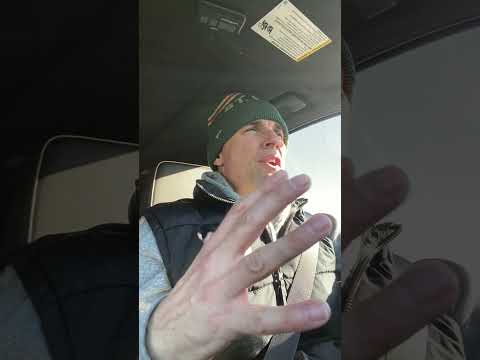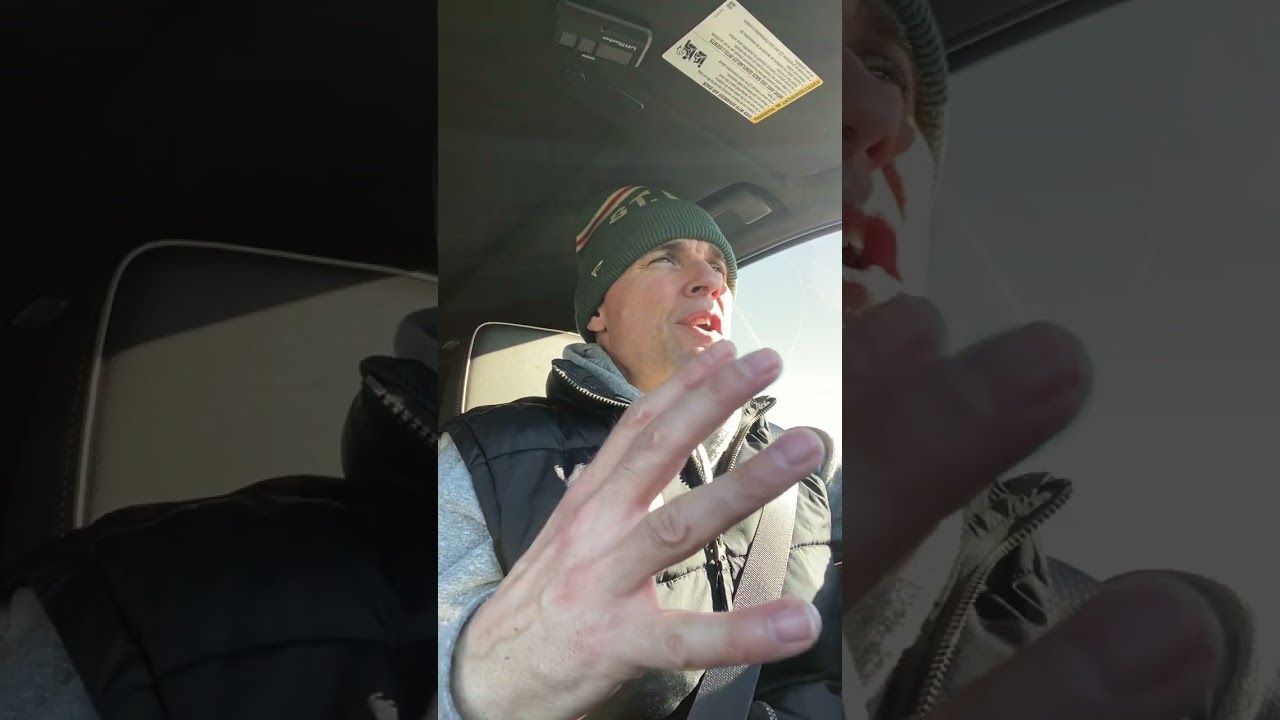Discover the Essential Steps to Take When You Are Rear-Ended Being in a rear-end collision can be a jarring experience, leaving you feeling overwhelmed and unsure of what to do next. However, knowing the right steps to take immediately after can make all the difference. Whether you are a seasoned driver or a novice behind the wheel, understanding how to handle such situations is crucial. From assessing the damage to contacting the authorities and collecting evidence, it is important to stay calm and act swiftly. Our comprehensive guide provides you with a step-by-step approach to ensure your safety, protect your rights, and navigate the aftermath of a rear-end collision with confidence. Learn how to properly exchange information with the other party, gather eyewitness accounts, and document the scene effectively. Discover the importance of seeking medical attention, even if you feel fine initially, as some injuries may not manifest immediately. Arm yourself with the knowledge to deal with insurance companies and legal matters, ensuring you receive the compensation you deserve. Don’t let the stress of a rear-end collision consume you – empower yourself with the information needed to handle the situation like a pro. Trust our expert advice to guide you through this challenging experience and help you get back on the road to recovery.

What to Do When You Are Rear-Ended
| Step | Description |
|---|---|
| 1 | Ensure everyone’s safety: Immediately check for injuries and move your vehicle to a safe location if possible. Turn on hazard lights to alert other drivers. |
| 2 | Call the authorities: Contact the police to report the accident, even if it seems minor. This creates an official record and helps with insurance claims. |
| 3 | Exchange information: Collect the other driver’s name, contact details, vehicle description, license plate number, and insurance information. Provide yours as well. |
| 4 | Document the scene: Take photos of the accident, capturing any damages to both vehicles and the surrounding area. Note any relevant details like weather conditions. |
| 5 | Seek medical attention: Even if you feel fine, some injuries may have delayed symptoms. It’s crucial to get a medical evaluation to address any potential issues. |
| 6 | Notify your insurance company: Inform your insurance provider about the accident as soon as possible. They will guide you through the claims process. |
| 7 | Consult an attorney: If you suffered significant injuries or there are disputes regarding liability, it may be wise to seek legal advice to protect your rights. |
| 8 | Keep records: Maintain a file with all documents related to the accident, including medical bills, repair estimates, and any communication with insurance providers. |
| 9 | Repair your vehicle: Once the insurance claims process is underway, take your vehicle to a trusted repair shop to fix any damages caused by the rear-end collision. |
| 10 | Be cautious on the road: After experiencing a rear-end collision, it’s natural to be more aware of your surroundings. Stay vigilant and follow defensive driving techniques. |
“Crash Chronicles: Mastering the Art of Handling Rear-End Collisions”
What to Do When You Are Rear-Ended
Being involved in a car accident is a stressful and overwhelming experience. One of the most common types of accidents is being rear-ended, where another vehicle collides with the back of your car. It is important to know what steps to take immediately after a rear-end collision to ensure your safety and protect your rights. Here are five essential things you should do:
1. Assess the Situation
As soon as the accident occurs, take a moment to assess the situation. Stay calm and check yourself for any injuries. If you are injured or feel any pain, it is crucial to seek medical attention immediately. Next, check on the passengers in your vehicle and ensure their safety. If everyone appears to be okay, move on to the next step.
2. Contact the Authorities
Regardless of the severity of the accident, it is essential to contact the authorities. Call the police and inform them about the incident. They will dispatch an officer to the scene who will assess the situation, document the accident, and file a report. Having an official report can be valuable when filing an insurance claim or seeking compensation for damages.
3. Exchange Information
While waiting for the police to arrive, exchange information with the other driver involved in the accident. Obtain their name, contact number, driver’s license number, license plate number, insurance provider, and policy number. Provide them with your information as well. Additionally, gather the contact information of any witnesses present at the scene. These details will be crucial when filing an insurance claim.
4. Document the Incident
Documenting the accident is vital when it comes to protecting your rights and ensuring a smooth claims process. Take photos of the damage to your vehicle and the other vehicle involved, as well as any visible injuries you or your passengers have sustained. Make sure to capture the license plate numbers and the overall scene of the accident. Additionally, write down any relevant details, such as the time, date, location, and weather conditions. This information will help support your claim and provide evidence if needed.
5. Notify Your Insurance Company
After the accident, it is crucial to notify your insurance company as soon as possible. Provide them with all the necessary information about the accident, including the other driver’s details, the police report number, and any evidence you have gathered. Your insurance company will guide you through the claims process and help you understand your coverage. However, it is important to remember that you should avoid discussing fault or admitting guilt, as this could negatively impact your claim.
Although being rear-ended can be a distressing experience, following these steps will help protect your rights and ensure a smoother post-accident process. Remember to always prioritize your safety and seek medical attention if necessary. By taking the appropriate actions and documenting the incident, you can increase your chances of receiving fair compensation and resolving the situation efficiently.
Remember, every accident is unique, and it is always advisable to consult with a legal professional to understand your specific rights and options. They can provide guidance and support throughout the process and help you navigate any legal complexities that may arise.
Steps to Take When You Are Rear-Ended:
Frequently Asked Questions
What should I do when I am rear-ended?
1. Stay calm and check for injuries: Check yourself and any passengers in your vehicle for any injuries. If anyone is hurt, call for medical assistance immediately.
2. Move to a safe location: If it is safe to do so, move your vehicle to the side of the road or a nearby parking lot to avoid blocking traffic and minimize the risk of further accidents.
3. Call the police: Even if the accident seems minor, it is important to have an official police report for insurance purposes. Call the non-emergency number to report the incident and provide the necessary information.
4. Exchange information: Exchange contact and insurance information with the other driver involved in the accident. Be sure to get their name, phone number, address, driver’s license number, and insurance information.
5. Document the accident: Take photos of the scene, including any damage to both vehicles. This evidence can be helpful when filing an insurance claim.
6. Contact your insurance company: Notify your insurance company about the accident as soon as possible and provide them with all the necessary information. They will guide you through the claims process.

